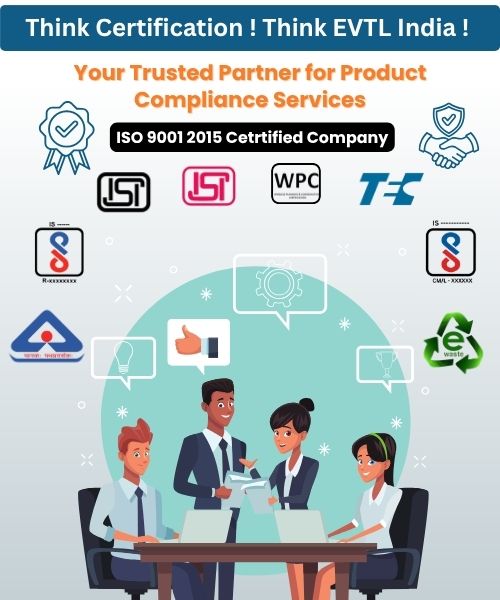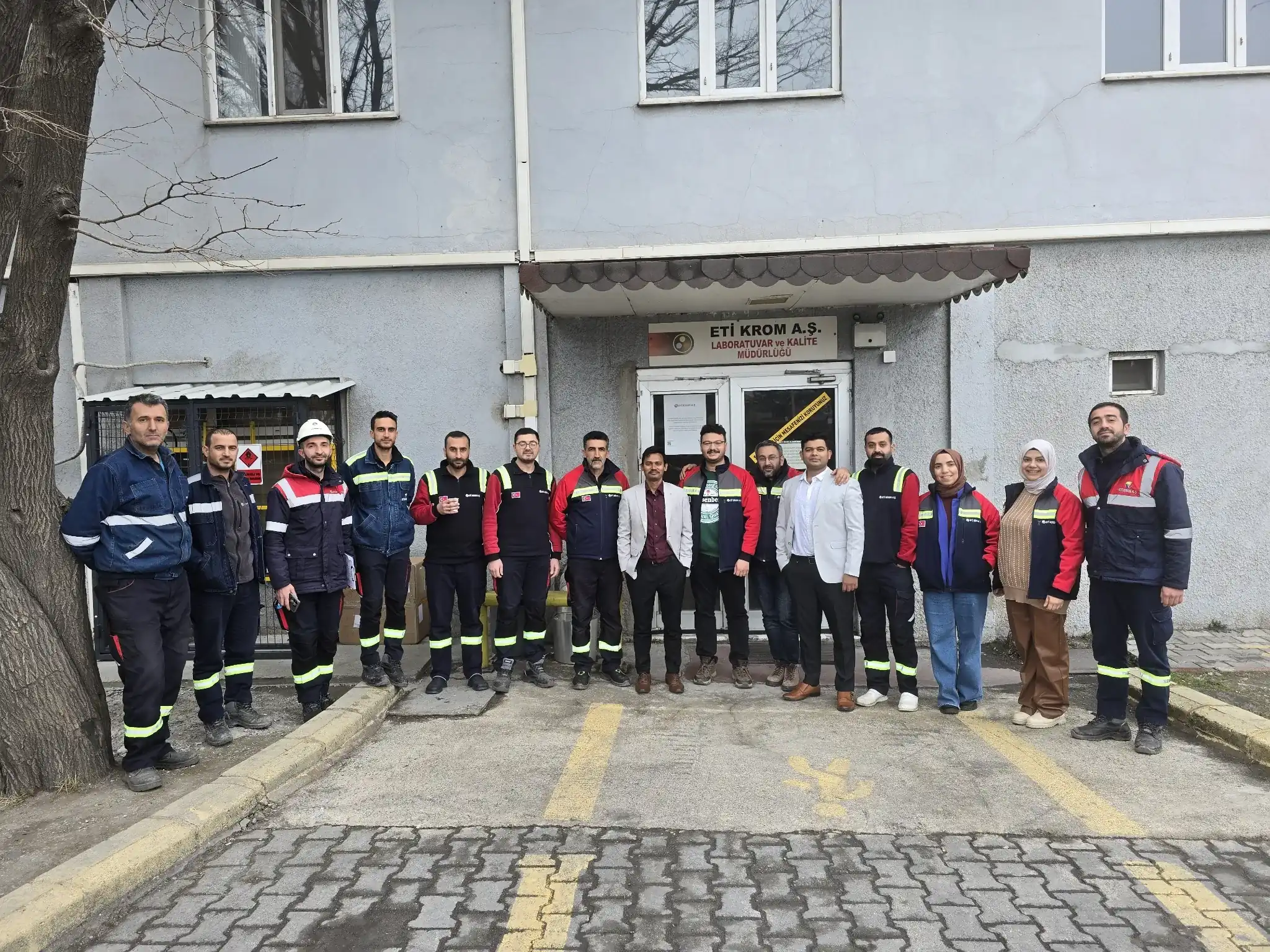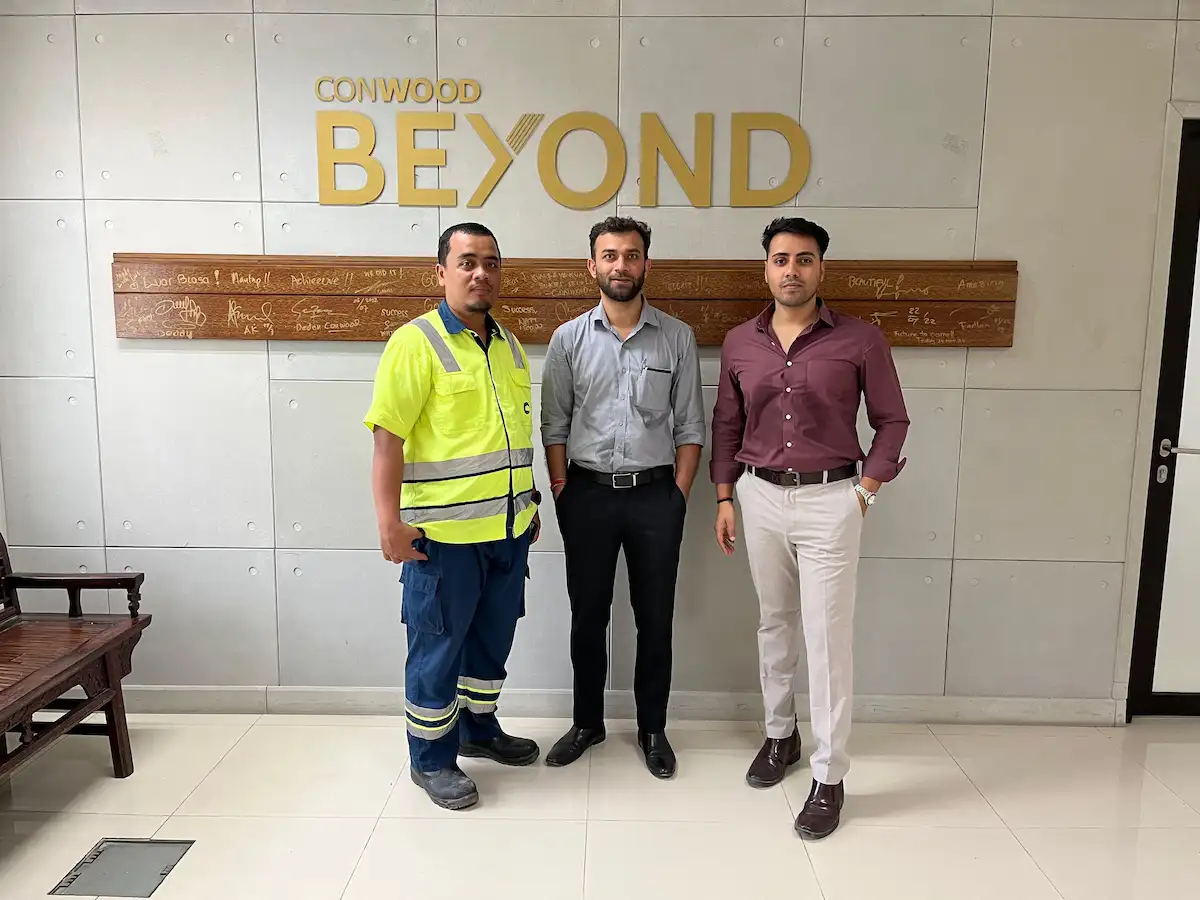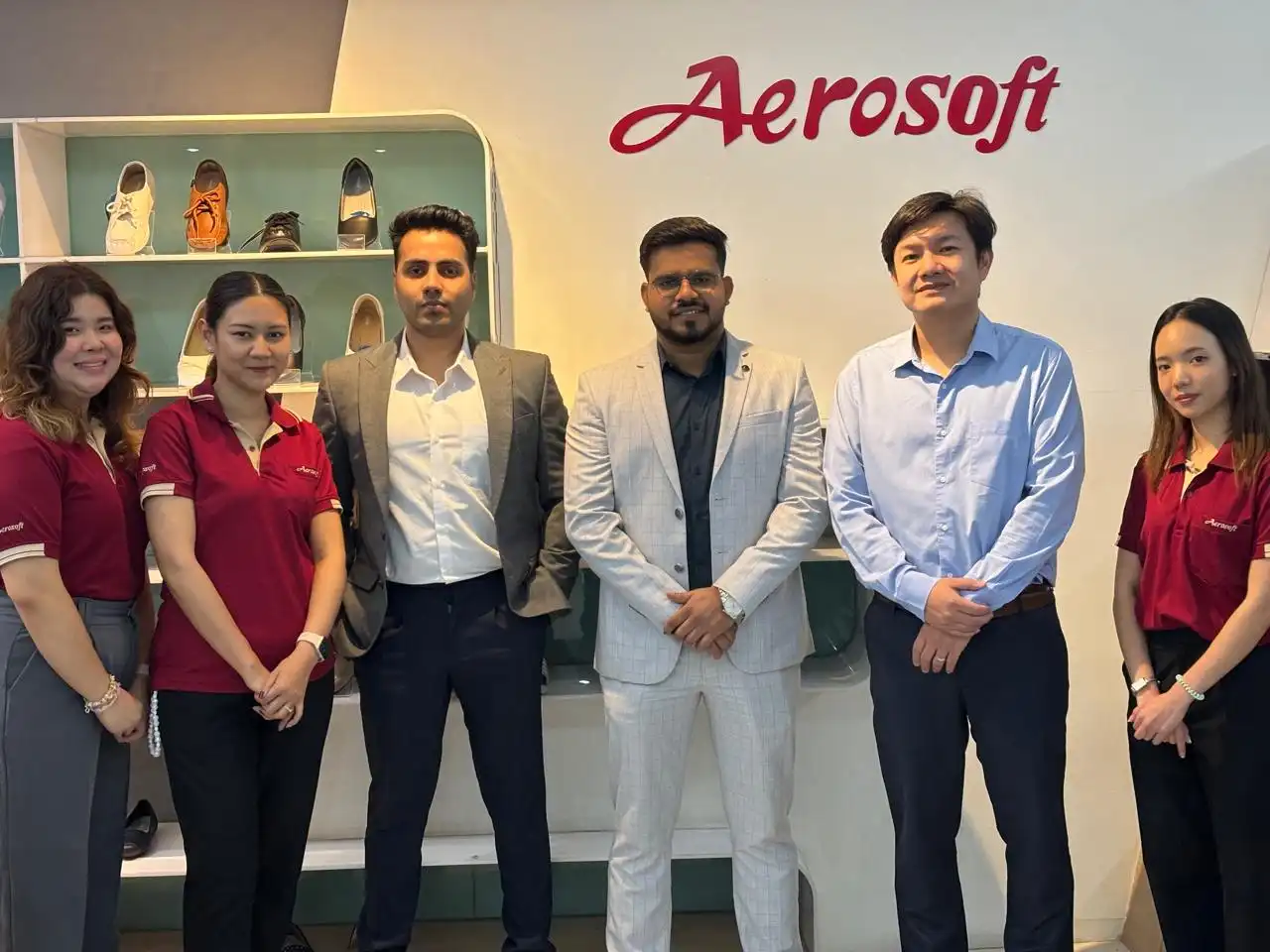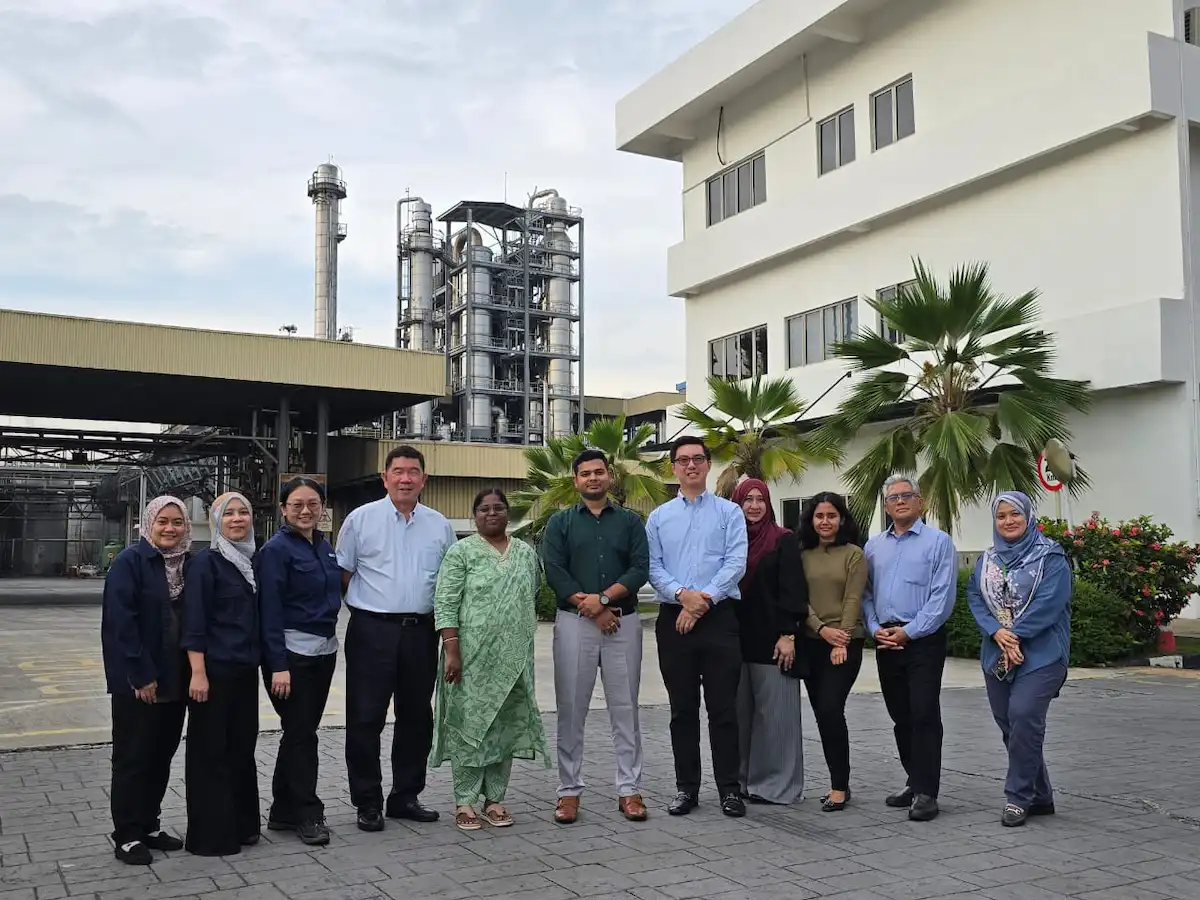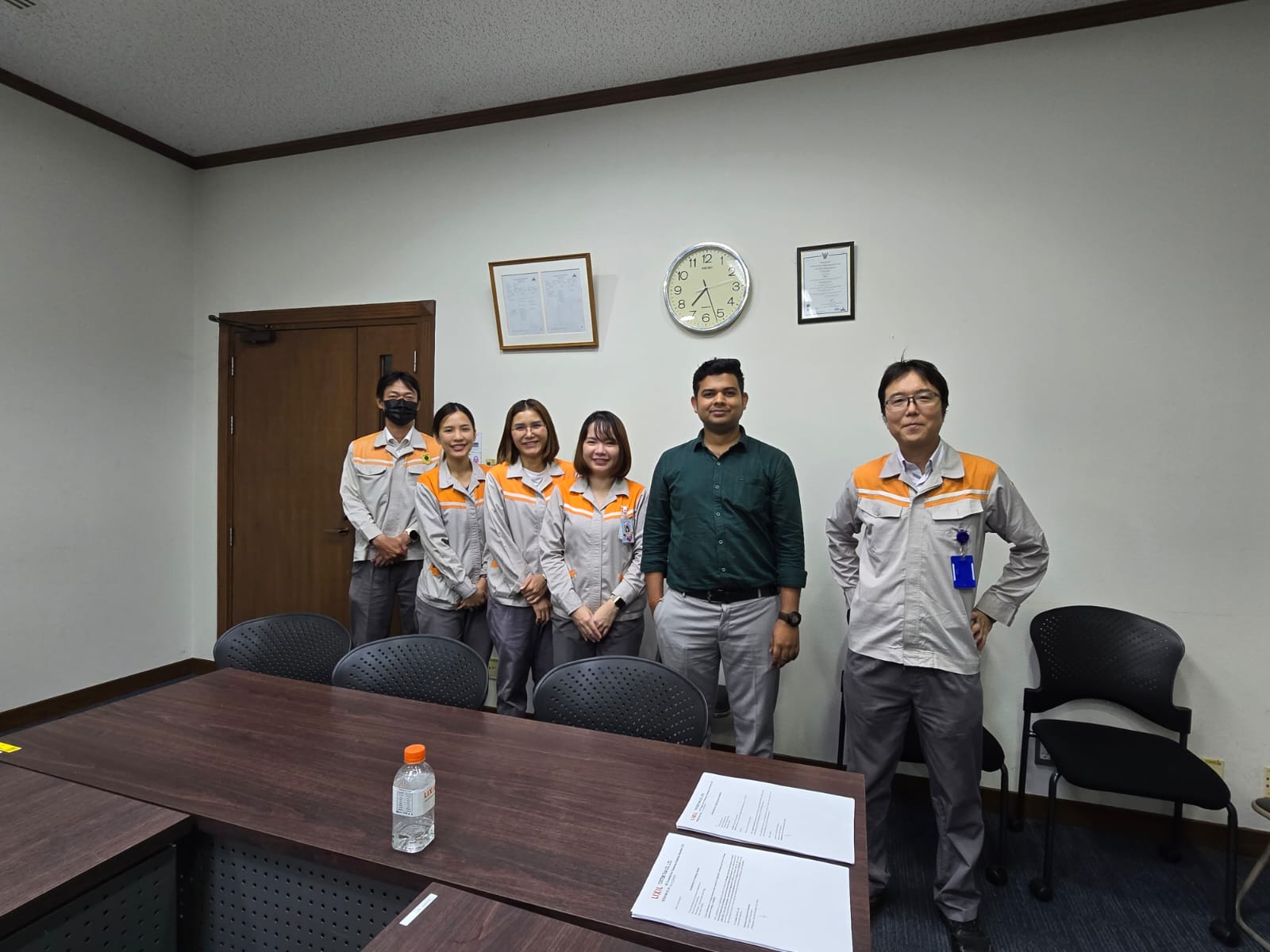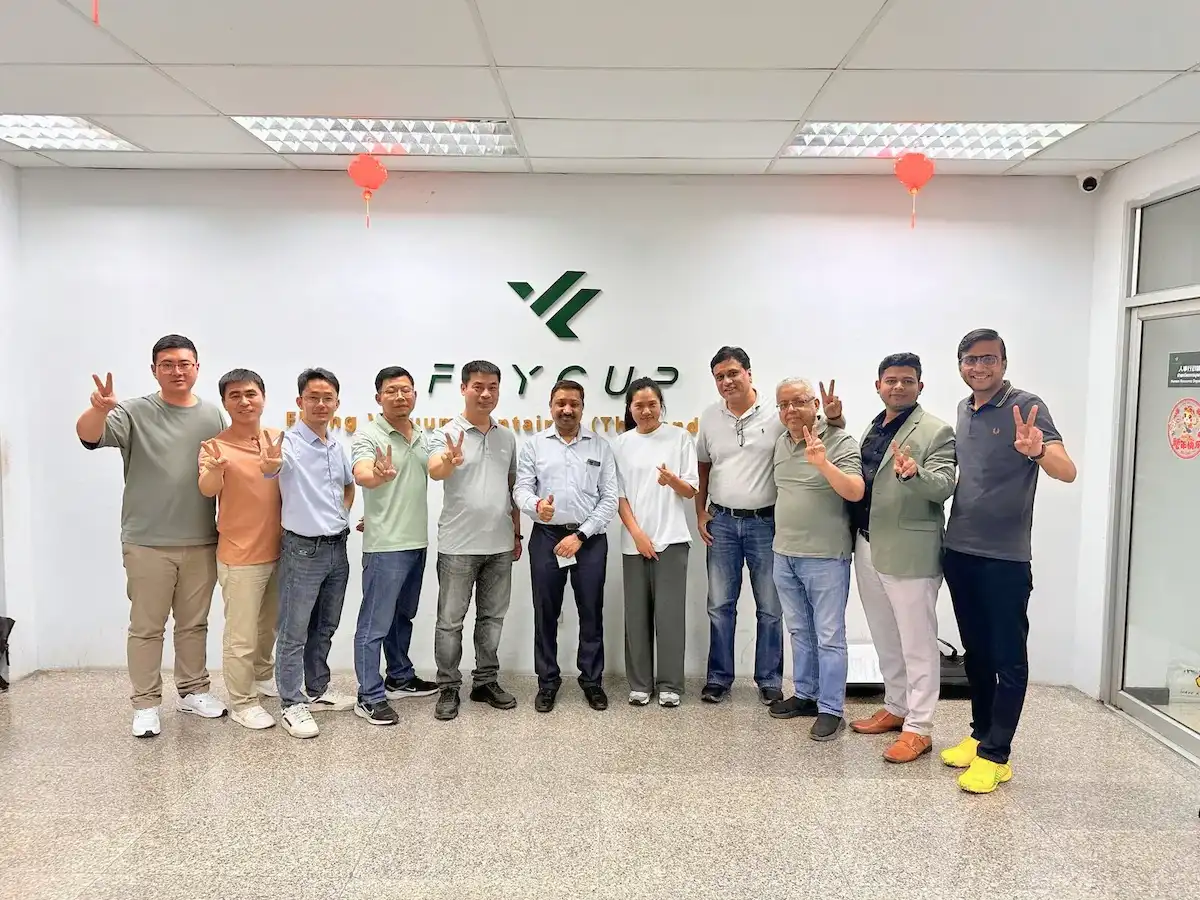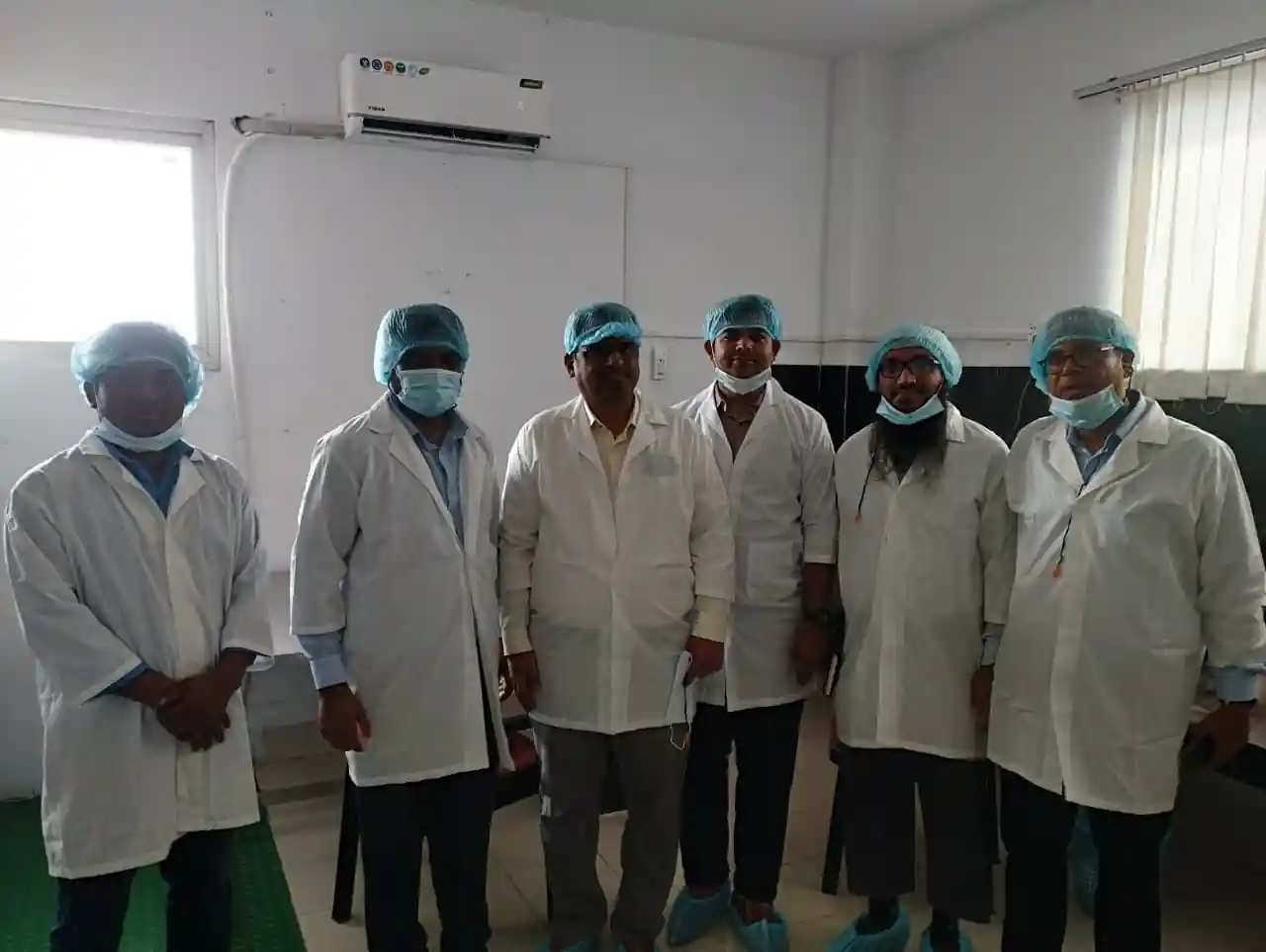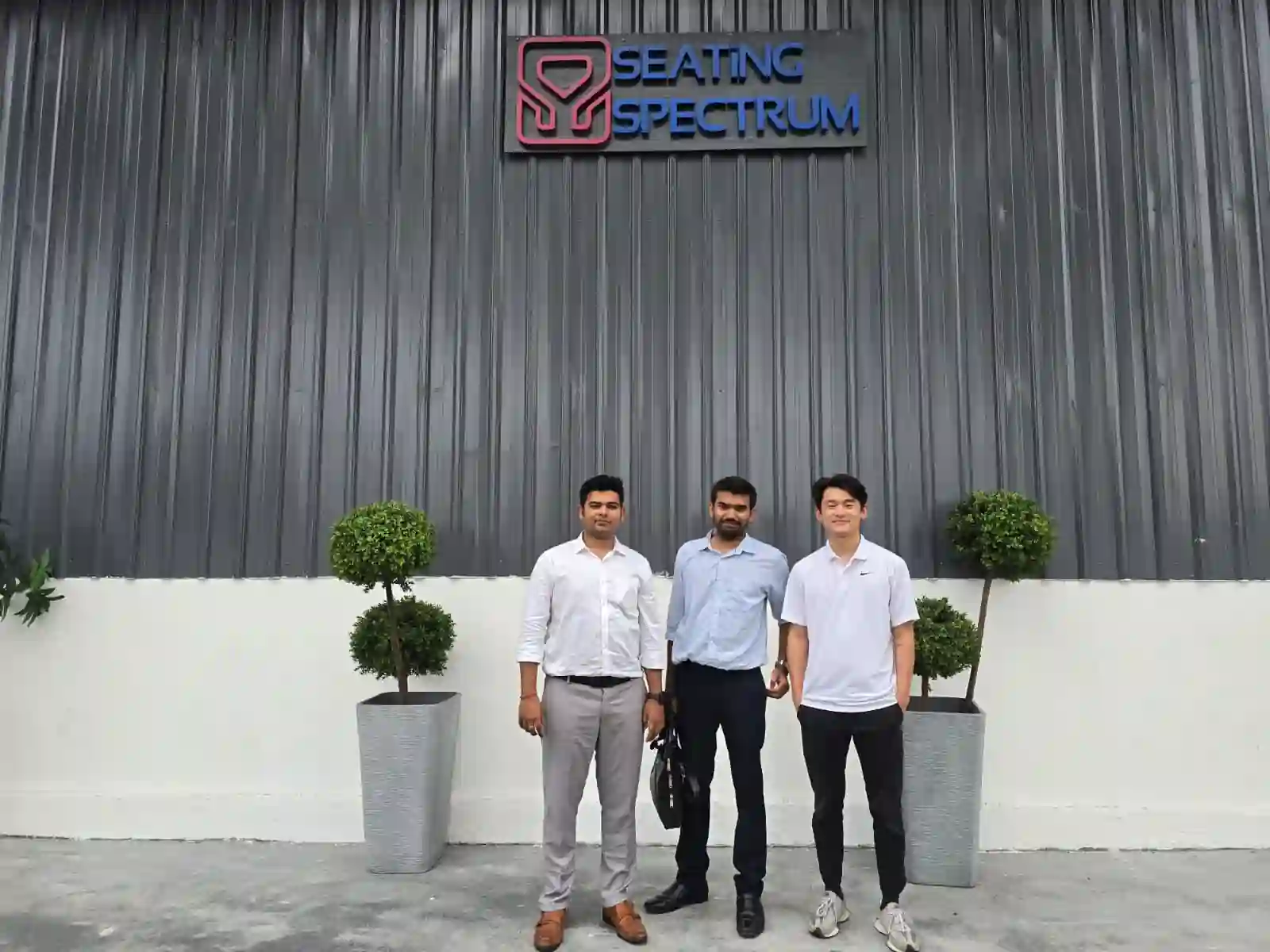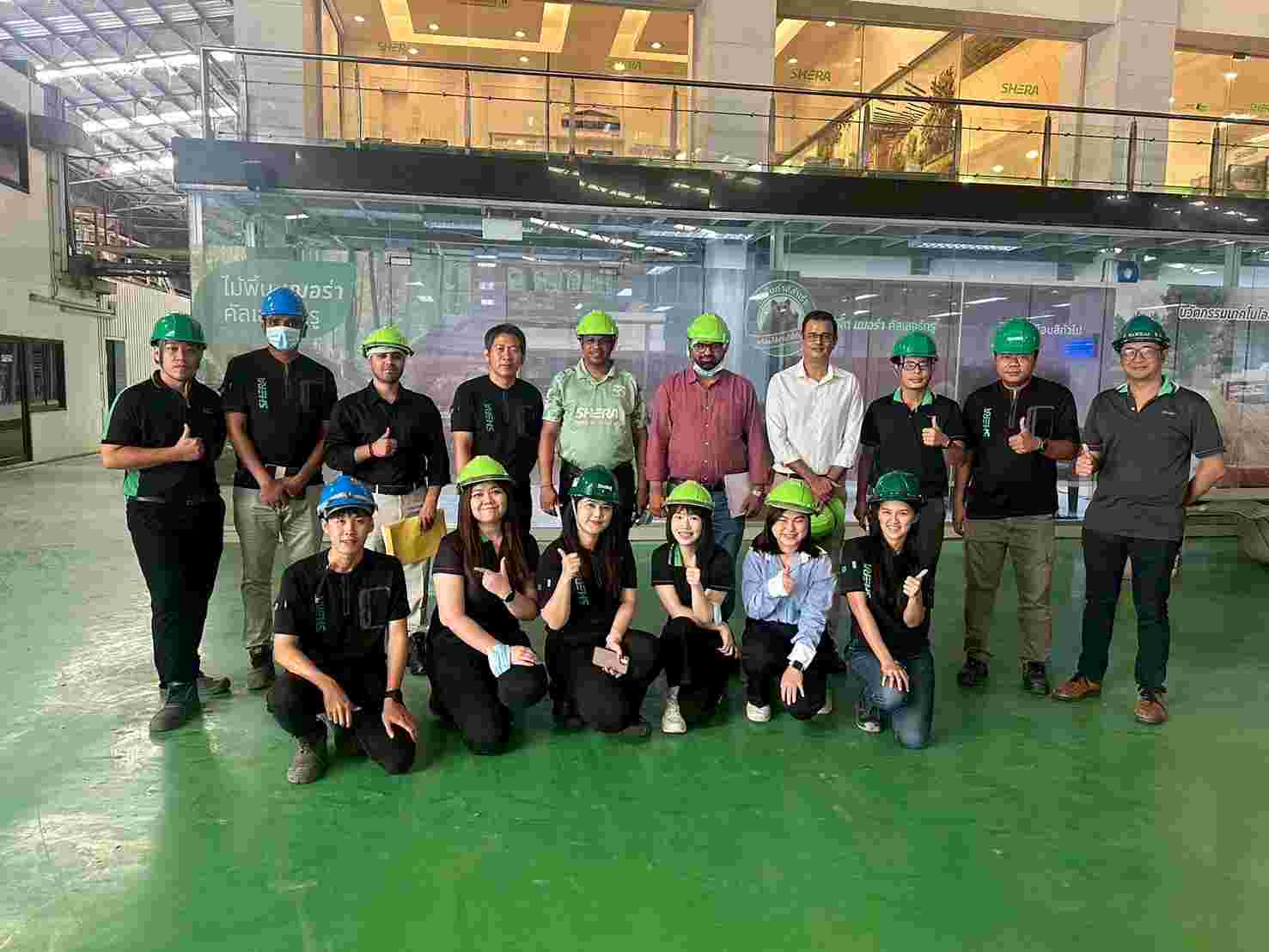Get A Quote
BIS Certification for Steel for the manufacture of laminated springs (railway rolling stock) Part 2: Rib and Groove Sections—Specification IS 3885-Part- 2: 1992

BIS Certification
for Steel Used in the Manufacture of Laminated Springs (Railway Rolling Stock)
Part 2: Rib and Groove Sections—Specification IS 3885-Part-2: 1992 plays an
essential role in making sure that steel meets both quality and safety
benchmarks for railway applications. For manufacturers, this certification is
key as it confirms the durability, strength, and reliability of the steel.
The IS 3885-Part-2: 1992 outlines the technical requirements for rib and groove sections essential for laminated springs, ensuring compliance with Indian regulatory standards. Securing the BIS Certification for Steel Used in the Manufacture of Laminated Springs (Railway Rolling Stock) Part 2: Rib and Groove Sections—Specification IS 3885-Part-2: 1992 boosts product credibility and enhances market acceptance.
Introduction
The BIS
Certification for Steel used in manufacturing laminated springs (railway
rolling stock) Part 2: Rib and Groove Sections—Specification IS 3885-Part-2:
1992 is all about ensuring quality and safety standards under the Steel &
Steel Products (Quality Control) Order, 2024. This certification is essential
for manufacturers of rib and groove sections in railway rolling stock as it
guarantees their durability and performance. It requires strict testing and
regulatory approval, making sure that the steel meets Indian standards for
railway applications, which boosts reliability and structural integrity in
critical transportation infrastructure.
Why is BIS Certification necessary for Steel for the
manufacture of laminated springs (railway rolling stock) Part 2: Rib and Groove
Sections—Specification IS 3885-Part-2: 1992?
BIS Certification
is important for the steel used in manufacturing laminated springs for railway
rolling stock, specifically in Rib and Groove Sections as outlined in IS
3885-Part-2: 1992. This certification ensures that the steel adheres to
stringent quality and safety standards critical for railway applications. By
guaranteeing compliance with mechanical properties, durability, and performance
under stress, it helps manufacturers deliver consistent, reliable, and safe
components for railway rolling stock. Also, BIS certification enhances the
credibility of products, ensuring they meet regulatory requirements and assisting
smoother access to the market. It also plays a critical role in preventing
substandard materials from infiltrating the industry, finally bolstering the
overall safety and efficiency of railway infrastructure.
Overview of Indian
Standard IS 3885-Part- 2: 1992
The standard IS 3885-Part-2:1992 outlines the
specifications for rib and groove sections of steel used to produce laminated
springs for railway rolling stock. This ensures that the materials display the
necessary mechanical and chemical properties needed for both durability and
performance. It also includes guidelines on dimensions, tolerances, and testing
methods, all aimed at maintaining consistency in railway applications. For
manufacturers, securing BIS Certification for Steel for the manufacture of
laminated springs (railway rolling stock) Part 2: Rib and Groove
Sections—Specification IS 3885-Part-2: 1992 is essential to comply with India’s
quality and safety standards.
Process for BIS Certification
The BIS
certification process for Steel for the manufacture
of laminated springs (railway rolling stock) Part 2: Rib and Groove Sections:
Specification IS 3885-Part- 2: 1992 involves multiple steps designed to
thoroughly evaluate a product's compliance with the required standards. Here is
a general overview of the certification process:
1. Application Submission: Manufacturers must submit an application form
along with the required documentation to BIS.
2. Documentation Review: BIS reviews the submitted documents to ensure
completeness and correctness.
3. Factory Inspection: BIS officials conduct an on-site inspection of
the manufacturing facility to assess the production process and quality control
measures.
4. Sample Testing: Product samples are taken and tested in BIS-approved
laboratories to verify compliance with Indian standards.
5. Certification Grant: Upon successful completion of the inspection and
testing, BIS grants certification, allowing the manufacturer to use the BIS
mark on their products.
Documents Required for BIS Certification
To apply for BIS certification, manufacturers need to submit the following documents:
● Application form
● Manufacturing process details
● Quality control plan
● Test reports from BIS-approved laboratories
● Factory layout and equipment details
● Proof of business registration
● Product specifications and technical details
● Declaration of conformity to Indian standards
Additionally, manufacturers may be required to provide proof of compliance with environmental and safety regulations, depending on the specific type of product being certified.
BIS ISI Mark Certification Costing And Timeline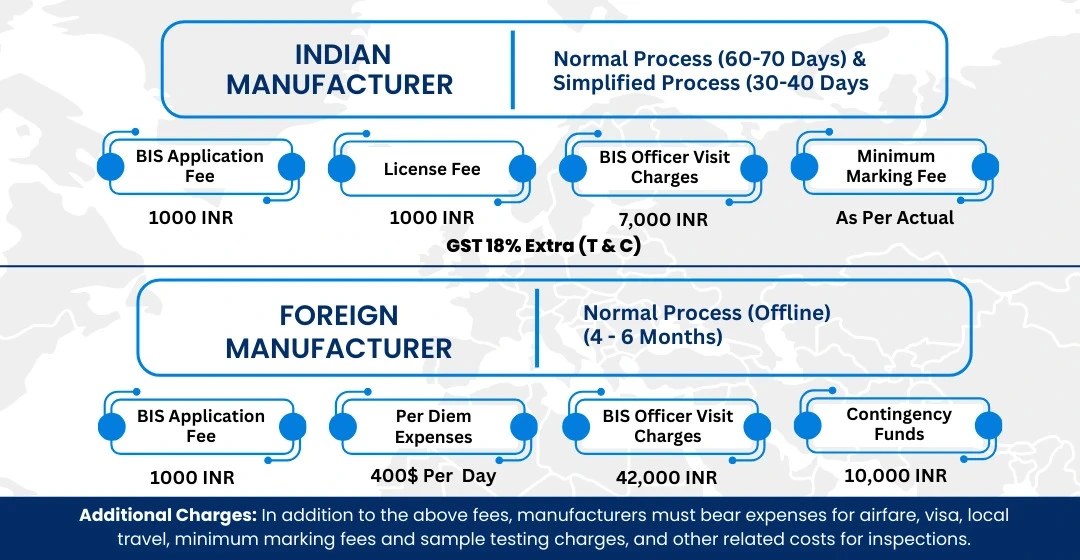
To Know The Process in Detail, Please Visit:
Under BIS Registration Products ISI and CRS
Conclusion
At EVTL India, we're all about helping manufacturers
get their BIS Certification for Steel for the manufacture of laminated springs
(railway rolling stock) Part 2: Rib and Groove Sections—Specification IS
3885-Part-2: 1992 done with precision and speed. Our knowledgeable team
provides consultancy that makes sure you stay compliant with all the necessary
regulations, making the certification process smoother so your products gain
reliability and acceptance in the market. With this certification, manufacturers
can ensure that the steel used in railway rolling stock applications is safe,
durable, and meets top-notch quality standards.
EVTL India really understands BIS regulations inside
and out, and we offer comprehensive support that covers everything from documentation
to testing and audit help. Our expertise means you'll meet all compliance
requirements without the usual delays or regulatory headaches. Let us take the
hassle out of the certification process so your products can earn credibility
and approval in the railway industry. For trustworthy and professional
consultancy, partner with us to efficiently achieve BIS Certification for Steel
for the manufacture of laminated springs (railway rolling stock) Part 2: Rib
and Groove Sections—Specification IS 3885-Part 2: 1992.
Free Call Back
Latest News & Update
📅 BIS Critical Component List (CCL) Updates for Solar PV Modules
🕒 BIS Fee Concessions for MSMEs and Startups | EVTL India
📅 Guidelines for Implementation of Essential Requirements for Security of CCTV
🕒 Omnibus Technical Regulation (OTR) Amendment Order, 2025
🕒 Extension of Timeline for Filing Annual Returns by Battery Producers
📅 Extension of Timeline for Filing Quarterly and Annual Returns for E-Waste
🕒 Extension of Concurrent Running Period for IS 302-1: 2008 and IS 302 (Part 1): 2024
🕒 BIS Guidelines for Grant of Licence (GoL) | EVTL India
📅 CPCB Guidance on filing of Application, Fees and more
🕒 CPCB Notification on Labelling of Plastic Packaging
📅 Mandatory Compliance for Input Materials of Steel and Steel Products for Imports
🕒 BIS Guidelines for Scheme-X Certification for OTR-Regulated Products
📅 BIS Upgrades Product Certification License Numbers to 10-Digit Series
🕒 BIS Certification No Longer Mandatory for 14 Chemical & Polymer Categories
Why Choose EVTL INDIA
Expertise in Indian Regulatory Standards
End-to-End Support
Trusted by Top Indian & Global Brands
Fast Processing & Transparent Pricing
Strong Liaison with Indian Authorities
Company Profile